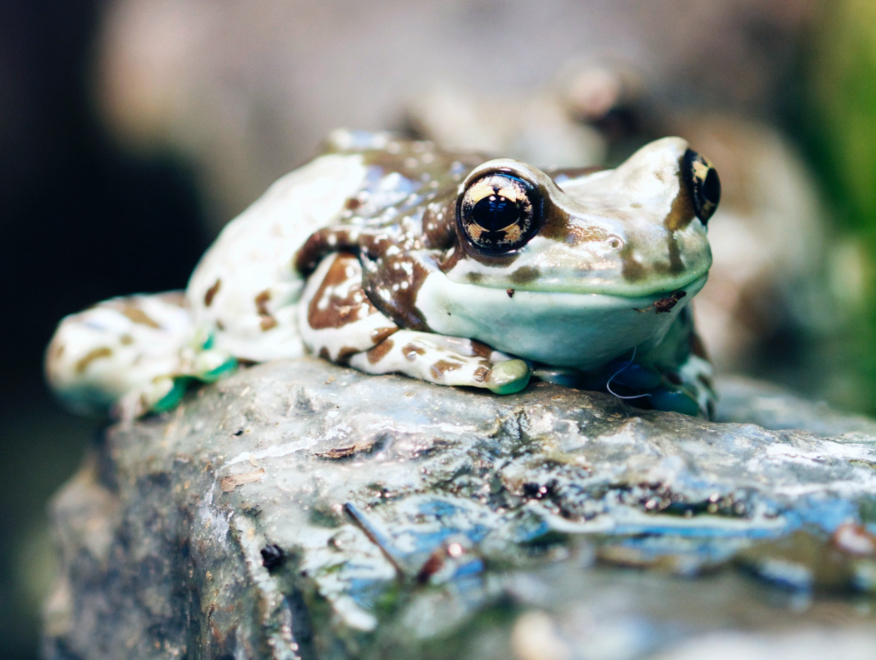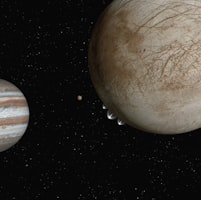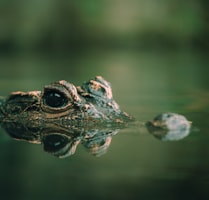So, you're here to learn more about one of nature's favorite amphibians and its descent into endangerment. Frogs don't only help the environment as adults. Each stage of a frog's life serves its ecosystem.
Spawn (eggs)
Frog eggs are clear and gelatinous, and they usually stick together in clumps called "spawn." At this stage in a frog's life, the greatest contribution it makes is as prey. They are a primary food source for many species of spiders and wasps.
Tadpole
Much like frog spawn, tadpoles play a huge role in feeding other species. Tadpoles also feed on leaves and algae, filtering and cleaning the water. When they eat, they release nutrients from these plants into the water. This benefits other animals, including other tadpoles, who live in the same stream.
Froglet
When a tadpole starts growing legs but has yet to grow out of its tail, it has developed into a "froglet." Since it has grown bigger, it can feed larger species like birds and large insects. A froglet, being in the awkward teenage stage of its life-cycle, does not contribute as much to its ecosystem as a tadpole or a full-grown frog.
Adult Frog
Like stated before, fully grown frogs feed many species from birds to monkeys. They are used as experimental animals, primarily to study growth and development. They also protect crops and forests from growing insect populations.

Our Mission
Through this website, we hope to spread awareness of frogs' vitality to the ecosystem and their endangered status. Not many people recognize this pretty face (pictured: left) as anything more than a pretty face. Education is the only way to make an effort towards protecting endangered species .









